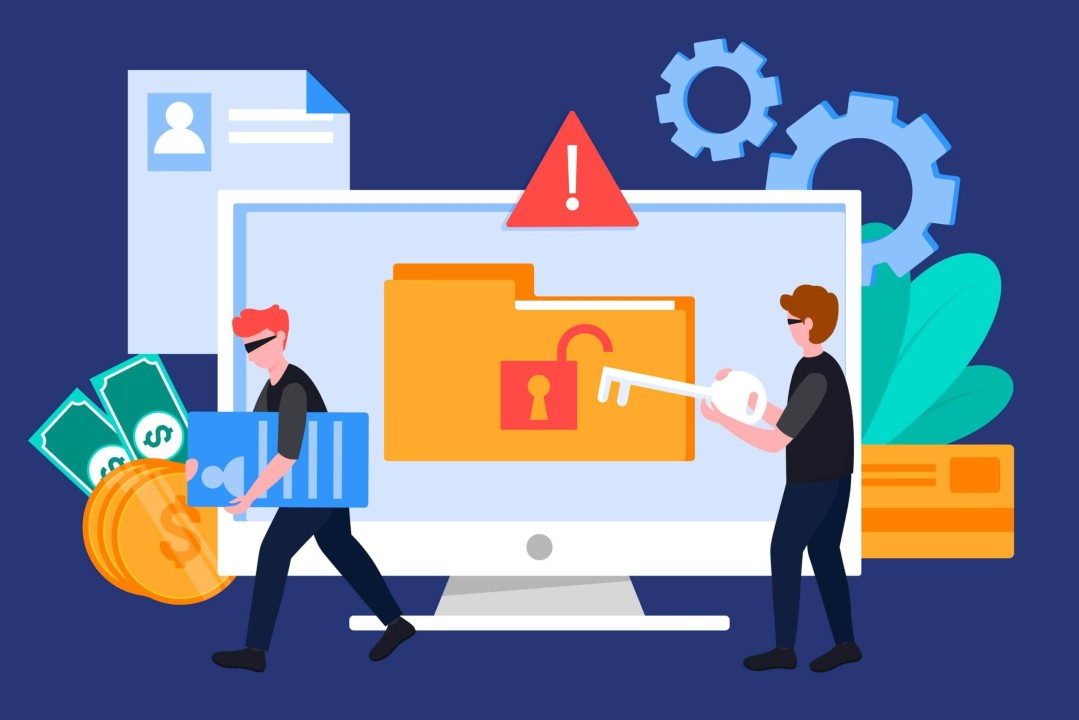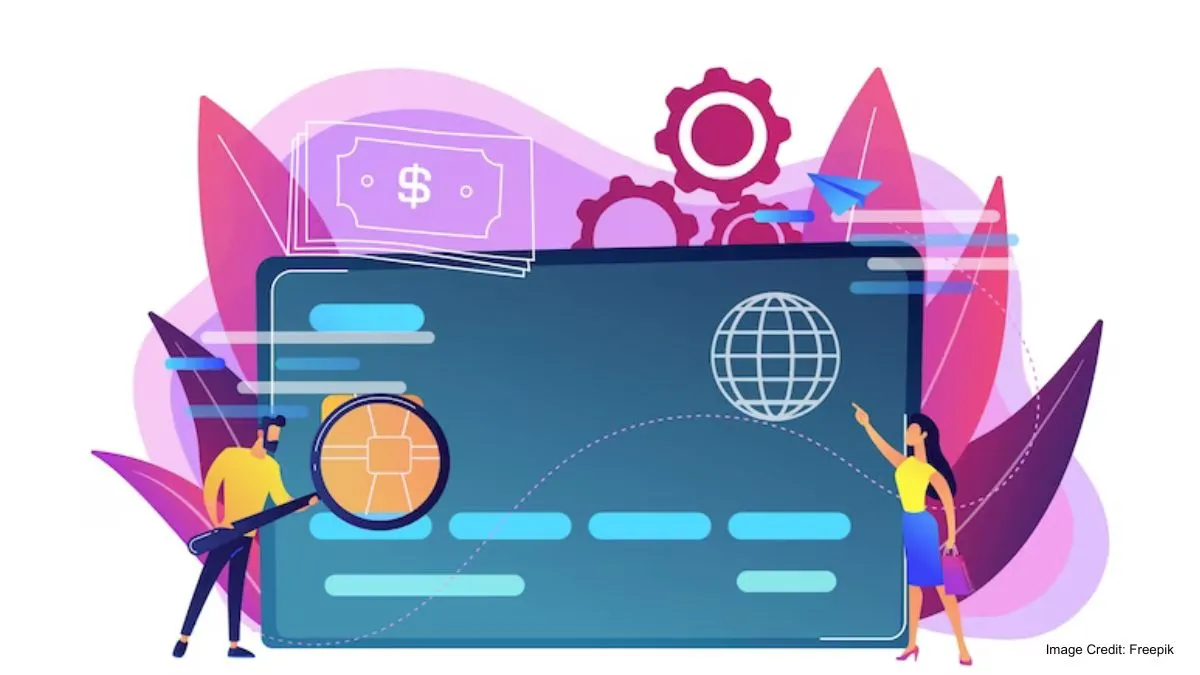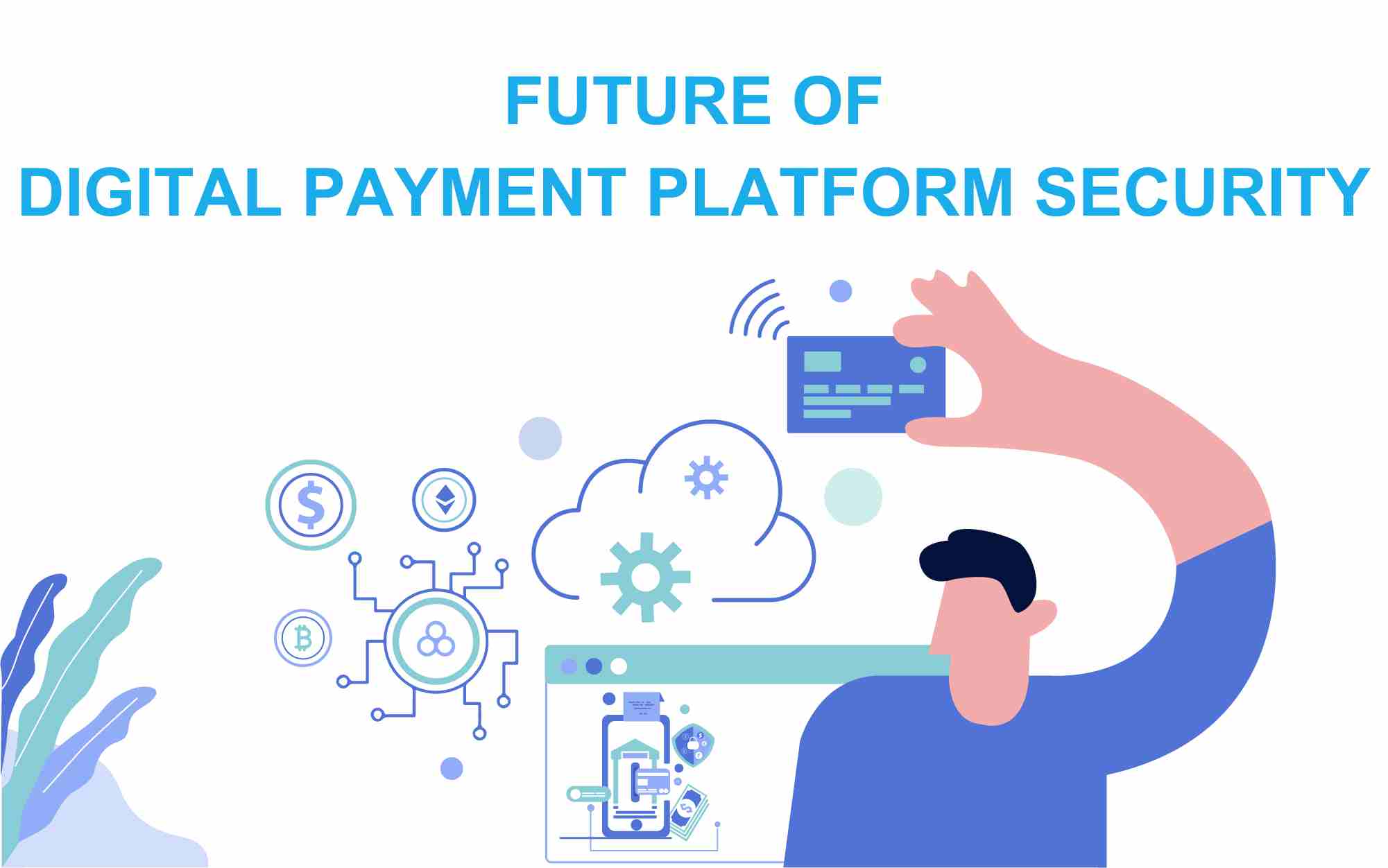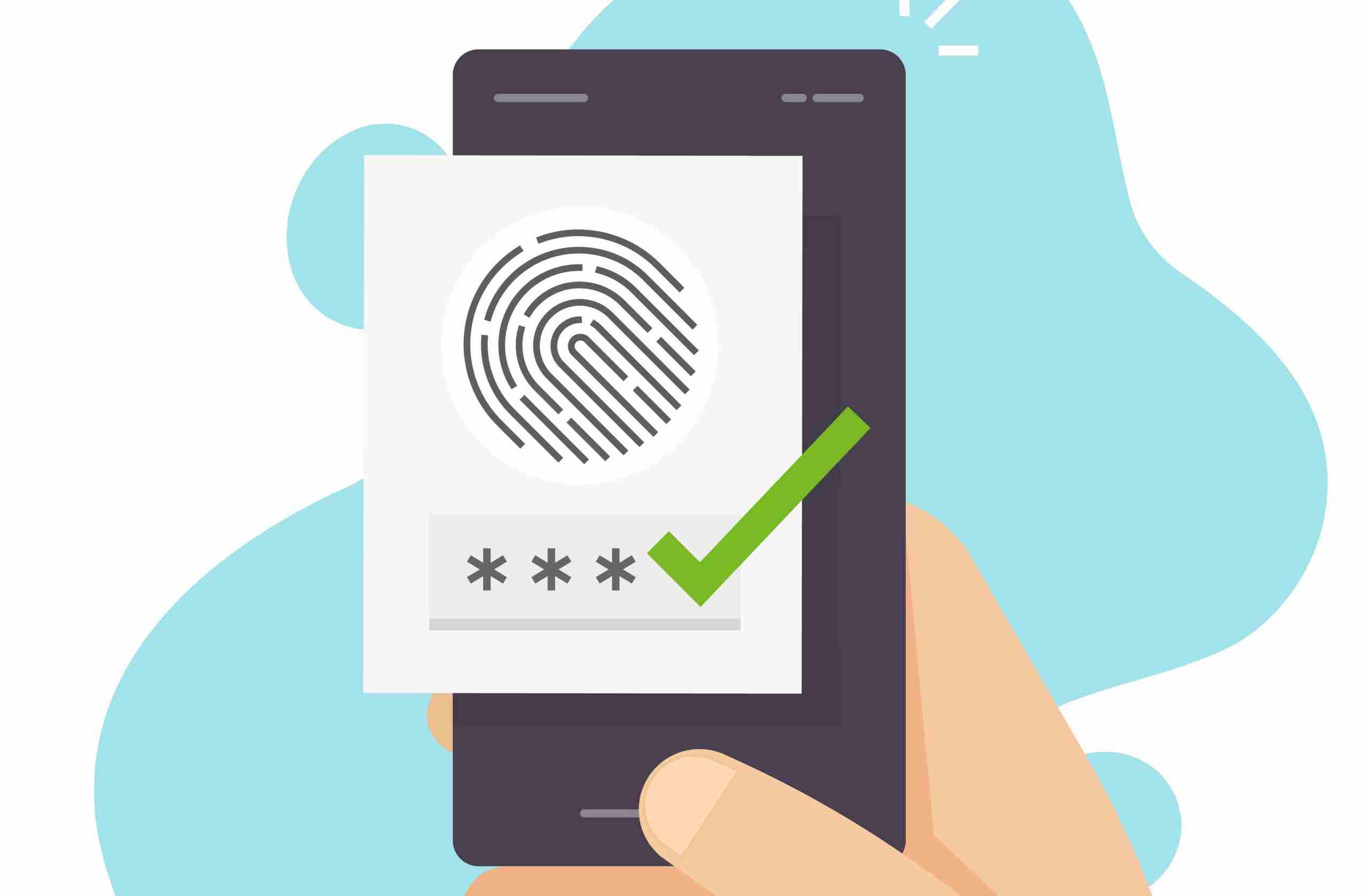Breaches of digital payment platforms have hit the headlines with unsettling frequency, igniting a pressing question: Is your money truly safe? Every swipe, tap, and click could expose your hard-earned cash to digital pickpockets. With online transaction volumes soaring, hackers are targeting the technology we trust for convenience and speed. In this deep dive, we’ll unravel the security concerns that could put your digital wallet at risk. We’ll explore the anatomy of a hack, profile the soft spots in mobile wallets, and share essential tips for protecting your digital dough. Get ready to secure your transactions against the silent threat lurking behind the convenience of modern payment methods.
Understanding Digital Payment Security Breaches
Anatomy of an Online Payment Hack Incident
When money leaves your account without your say-so, it’s often due to an online payment hack. Thieves target weak spots in payment systems. They trick the security measures and grab your details. Stay with me here; I’ll show you how they do it.
First thing, hackers fish for access. They might use a scam email to get passwords. Once in, they sneak into the system where your payment data live. They use malware or take advantage of system flaws. With your info, they can buy stuff or empty your accounts.
To beat these bad guys, websites and apps use special coding and safety checks. This helps block unauthorized access. Your job is to keep your details safe. Use strong passwords and don’t share them. Watch out for scam messages, as they can trick you.
Profile of Common Mobile Wallet Vulnerabilities
Mobile wallets can be super handy, but they’re not always safe. Bad actors know the tricks to break in. They look for apps not updated or patched. These have holes that let crooks slip through. They might fool your phone to accept a fake payment or pinch your data during a transaction.
Another weak point is when your wallet does not ask for proof it’s really you. Without a pin, fingerprint, or face scan, anyone who grabs your device could use it. Some apps may not encrypt your info well enough. This means your details are out there, not locked up tight.
To keep your wallet safe, always update your apps. Use the extra steps like pins or scans. They’re called two-factor or multi-factor authentication. Smart, right? It adds layers of protection. Think of it like locking your doors and having a guard dog.
For better smartphone safety, only download legit wallet apps. Check who makes the app, read reviews, and make sure it’s the real deal. You should also watch your account for strange charges. If something looks fishy, report it quick!
Taking these steps helps protect your cash. Cybersecurity pros like me are working hard to build stronger defenses against these kinds of threats. But we all must do our part to keep our money in check.
So, let’s recap real quick:
- Hacks happen when cyber thieves find a way around safety measures.
- Scam emails, malware, system flaws, and outdated apps are what they use to get in.
- Always use strong passwords, and look out for scam emails that try to trick you.
- Mobile wallets need tight security – think updates, pin codes, scans, and strong encryption.
- Only use trusted wallet apps and keep an eye on your transactions.
By understanding the game – how hacks happen and where mobile wallets might be weak – you can take charge. Keep those updates rolling, and use the security features like your money depends on it. Because well, it does! Let’s work together to make sure our digital dollars stay right where they belong.
The Aftermath of Compromised Payment Gateways
The Journey of Stolen Credit Card Information
Imagine you find out your credit card info got stolen. You’re shocked, right? Here’s what happens next. First, the thief will try to use or sell your info. They might buy stuff online or get cash in sketchy ways. If they sell, it often goes cheap on the dark web. Your info gets passed around like a hot potato.
Now let’s get to what really matters to you. How do you know if your card’s stolen? Watch out for weird charges on your statement. If you see stuff you didn’t buy, that’s a red flag. Get on the phone with your bank, quick.
Banks have teams that watch your account for fishy activity. They can spot signs of a digital payment security breach. If they find something odd, they’ll reach out to you. Or, you might get an alert from a credit monitoring service if you use one. They keep an eye on your credit report for any strange changes.
So, you ask, what’s done to get your money back? Here’s the good news – most banks have got your back. They can often fix things and return your stolen cash. That’s a relief, right? But, it’s not just about getting your money back. There’s more to it.
Responding to Unauthorized Financial Transactions
Say you spot a charge you didn’t make. What do you do? Step one: call your bank or card company, now. Tell them what’s up. They’ll jump into action and may lock your card to stop more bad charges.
Now, you’ll likely need a new card. Your old one’s not safe anymore. The bank will get you a new one, often really fast. You won’t be alone in this. Banks have ways to deal with these troubles.
And here’s a big tip for you: look into the laws about fraud. They can protect you. For example, in some places, you won’t have to pay for unauthorized charges if you report them fast. That’s a big stress off your mind.
But after all that, do you just wait and hope it doesn’t happen again? No way. You’ve got to be proactive. Check your account often, like a hawk. Set up alerts so you know when a charge is made. Think about using a service that sends you a text whenever there’s a new charge.
What comes next is crucial. You must learn about digital payment fraud. Know how to spot phishing attacks. Don’t click on links from folks you don’t trust. And keep a close eye on news about online shopping card skimming and e-payment system risk assessment. They show new ways thieves try to get your card info.
Your journey doesn’t end here, though. It’s not just about dealing with this one mess. It’s about being ready for the next time. Yes, there could be a next time. But now, you’re wiser. You can step up your defense game. It’s time to go beyond just fixing what went wrong. It’s time to make sure your money’s safe for good.
Protecting Your Digital Wallet: Proactive Measures
Embracing Payment Data Encryption and PCI DSS Compliance
Every time you buy online, bank info flies around unseen. It’s like magic, right? But here’s the thing: there are bad folks who try very hard to grab that info. It’s up to us to keep it safe. Picture this: a secret code that scrambles your credit card numbers. That’s payment data encryption at work. No one but you and the bank can crack it.
Still, cyber crooks are getting smarter. We need solid walls to keep them out. Enter PCI DSS – a bunch of rules that payment folks have to follow. These rules are like a big, tough guard who watches over your money. When online shops and banks stick to these rules, they lock out thieves.
But what if someone breaks through? What’s to stop them then? Well, we’ve got tools – tools that can set off alarms when something fishy happens.
The Importance of Multi-Factor Authentication
Have you ever needed a password and a code from your phone to log in? That’s two-factor authentication. It’s like a second door. Even if someone steals your password, they’d still need your phone to get in.
But wait, there’s more – it’s called multi-factor authentication. Why use just two doors when you can have more? We’re talking codes, fingerprints, and even your face! More doors make it mighty tough for hackers.
Now, you might wonder why all this matters. We live in a world where money lives in our phones and laptops. They’re like tiny banks we carry around. We must keep these tiny banks safe.
As a cybersecurity expert, I’ve seen that a strong lock, like multi-factor authentication, works. It’s not perfect, but it does save folks a lot of trouble.
So here’s the thing: always choose the safest way to pay online. Use apps that guard your card like a knight. Check if they follow PCI DSS rules. And always, always choose that extra lock — multi-factor authentication.
Your money matters. Keep it locked tight, and stay one step ahead of the bad guys.
Incident Response: What Happens When Breaches Occur?
Conducting Financial Cybercrime Investigations
When your online wallet gets hit, we jump in fast. We’re like digital detectives. We hunt down clues, track the bad guys, and get the facts straight. We look at how hackers broke in and what they took. Think of stolen card details or cash that just vanishes. We want to stop them from doing it again, so we dig deep to find the weak spots.
We work with the law, too. We make sure they have what they need to chase the thieves. Then, we help clean up the mess. If your details got snatched, we’re on it. We’ll help you lock down your accounts and watch your credit score. Safety’s our game, and we keep your money tight.
Mitigating Future Risks through E-Payment System Risk Assessment
Next, we bulletproof your digital cash stash. We check every nook and cranny of your e-payment setup. We hunt for any chink in the armor. Things like old bugs or easy passwords—that’s what hackers love. We slap on heavy-duty locks, like tough-to-crack codes and extra checks.
Imagine a castle around your cash. You’ve got guards asking for secret handshakes and passwords. That’s two-factor or multi-factor checks. And just like a keep full of gold, we’ve got our eyes peeled for would-be robbers. We set up alarms that scream when things look fishy. Like when someone tries buying a yacht with your grocery money.
We stay sharp, too, always learning new hacker tricks. We beef up your walls before the bad guys can even touch them. Our job’s not done until we know your money’s as safe as it gets. And you? You keep on buying and selling, worry-free, knowing you’re covered. Every swipe, tap, or click—locked down tight.
In this post, we tackled the risks in digital payments and how to stay safe. We looked at how online payment hacks happen, pinpointing common mobile wallet flaws. I shared the journey of stolen credit card info and the right response to unauthorized transactions. Don’t forget, protecting your digital cash means using encryption and obeying PCI DSS rules. Always use multi-factor authentication. If a breach does occur, act fast with a cybercrime investigation, and lower future risks with a solid risk plan. Stay alert, stay secure, and trust that you’re now better armed against digital theft. Your financial safety is in your hands, and I’m here to help you keep it that way.
Q&A :
What are the most common types of breaches on digital payment platforms?
Digital payment platforms can fall victim to a range of security breaches. The most prevalent include phishing attacks, where attackers deceive users into providing sensitive information, and hacking of systems to access card details, log-in credentials, or to install malware. Skimming and carding are also frequent, with attackers using stolen card information for unauthorized transactions or sales.
How can I protect my personal information from digital payment platform breaches?
To safeguard your information, it’s essential to use strong, unique passwords for your digital payment accounts and enable two-factor authentication wherever possible. Always monitor transaction histories for unusual activity and avoid using public Wi-Fi for financial transactions. Keeping your devices’ security software updated also helps in protecting against potential vulnerabilities that could be exploited by hackers.
What should I do if I suspect my digital payment account has been breached?
If you believe your account might have been compromised, act promptly. Change your account’s password, notify the payment platform’s customer service, and contact your bank to report any fraudulent charges and request a new card if necessary. It’s also advisable to keep an eye on your credit report and consider setting up fraud alerts.
Are digital payment platforms less secure than traditional banking methods?
Digital payment platforms are designed with robust security measures, often on par with those of traditional banks. However, being internet-based, they are susceptible to different kinds of cyber threats. The security depends on a combination of both the platform’s safeguards and user practices. It’s important for consumers to follow recommended security protocols to minimize risks.
What are the latest security measures being adopted by digital payment platforms?
Digital payment platforms are continually enhancing security, with measures like encryption, tokenization, and biometric authentication becoming more commonplace. Encryption disguises user data, making it difficult to intercept, while tokenization replaces sensitive data with unique identification symbols. Biometric authentication uses fingerprints or facial recognition to add an additional layer of security. Machine learning algorithms are also being utilized to detect and prevent fraudulent activities in real-time.






